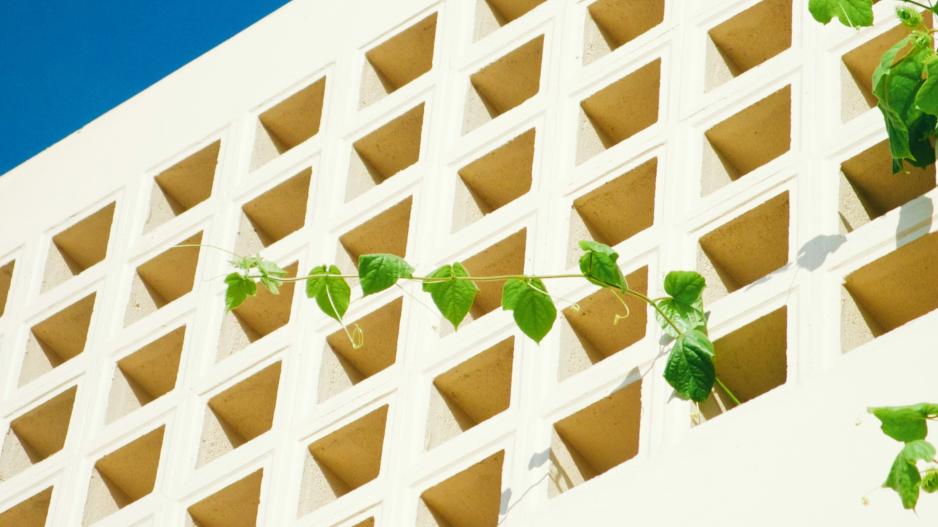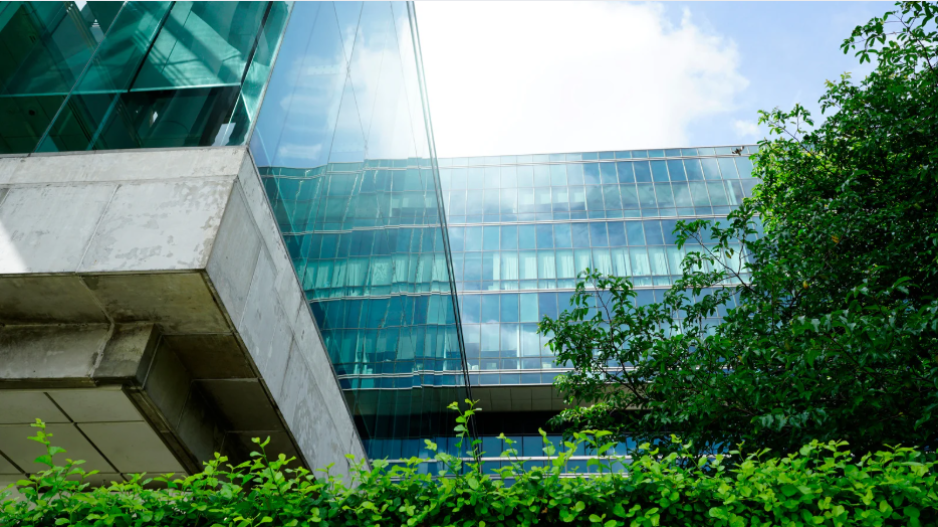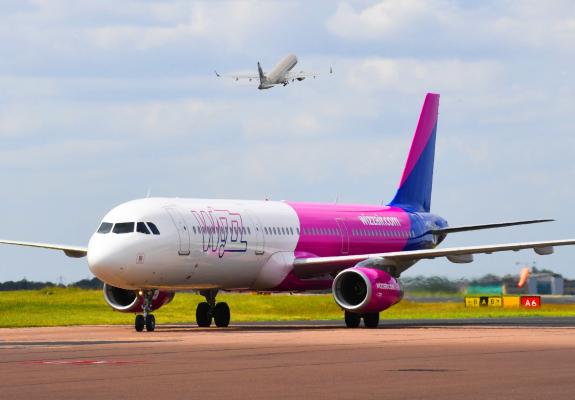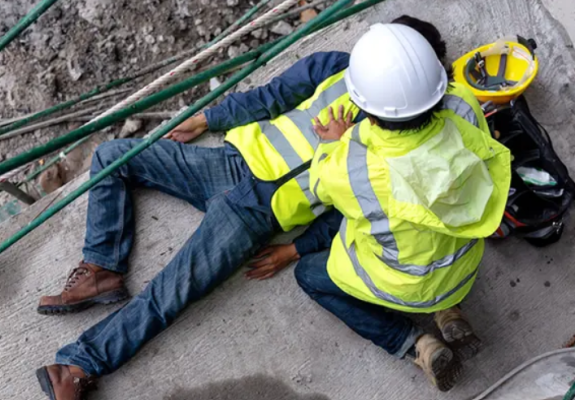The Rise of Eco-Friendly Architecture in Cyprus
Who’s Leading the Movement?
As sustainability becomes a defining pillar of modern living, Cyprus is witnessing a quiet but powerful shift in how its built environment is conceived. What once centered primarily on function and tradition is now evolving into a dynamic dialogue between design, innovation, and environmental consciousness. From private residences to commercial developments, a new generation of architects, developers, and engineers is embracing green building principles — and redefining what it means to build in harmony with nature. But who are the key players shaping this architectural transformation, and what impact is it having on the island’s future?
Historically, Cypriot architecture has drawn on a rich blend of influences — from Byzantine domes and Ottoman courtyards to modernist apartment blocks. But today, the architectural language is changing. Sustainability is no longer a niche concern but a core component of design. The use of renewable energy systems, passive cooling techniques, and eco-friendly materials is now taking center stage in new builds across the island.
Developments like solar-integrated homes, buildings designed to maximize natural light, and energy-efficient insulation systems are becoming increasingly common. Architects are drawing from traditional Mediterranean design principles — such as shaded verandas, cross-ventilation, and thick stone walls — and merging them with contemporary green technologies to create buildings that are both climate-responsive and aesthetically striking.
Several local architecture firms are at the forefront of this transition, championing sustainable design practices with both creativity and technical rigor. From boutique studios in Nicosia to larger firms operating island-wide, a growing number of professionals are leading by example.
One such name is Eraclis Papachristou Architects, a firm known for its thoughtful integration of landscape and built form. Others, such as Vafeades & Vafeades Architects and EKKY Studio, are experimenting with bioclimatic architecture and green roofs, pushing the boundaries of what sustainable design can look like in a Mediterranean context.
At the same time, several real estate developers are rethinking traditional models. Projects such as net-zero energy residential complexes, LEED-certified office buildings, and community-focused eco-villages are beginning to emerge, reflecting a growing commitment to long-term environmental impact rather than short-term profitability.

Alongside design innovation, materials are also undergoing a reappraisal. Increasingly, builders are turning to locally sourced stone, clay, lime-based paints, and recycled timber — materials that not only reduce a project’s carbon footprint but also root it firmly in its Cypriot identity.
Some designers are also working with emerging technologies, such as hempcrete and phase-change materials, while others are embracing minimal-intervention techniques that preserve natural terrain rather than altering it.
This shift toward responsible sourcing and low-impact construction marks a significant departure from the import-heavy building practices of the past — and underscores a broader push toward circular economy principles in the local construction industry.
The movement isn’t confined to private buildings. Public architecture is also evolving, with municipalities investing in green infrastructure, energy-efficient schools, and urban parks designed to mitigate the effects of heatwaves and pollution. In Limassol, Larnaca, and Nicosia, newly built or renovated public spaces increasingly incorporate sustainability features — from solar-powered lighting and water-saving irrigation systems to permeable pavements and native vegetation.
In this context, landscape architects and urban planners are also playing a critical role, reimagining public areas as multifunctional green spaces that promote wellbeing and resilience in the face of climate change.
Much like the broader sustainability movement, eco-architecture in Cyprus is being fueled by changing consumer expectations. Property buyers are increasingly interested in the energy performance of their homes, while businesses are seeking office spaces that align with their environmental values. Certifications such as BREEAM and LEED, once rare in the Cypriot context, are now seen as marks of prestige and responsibility.
This growing awareness is also reflected in architectural education, with universities and training institutions placing greater emphasis on sustainable design principles and green building strategies.
Despite the momentum, challenges remain. The cost of certain sustainable materials and systems can still be prohibitive for small-scale developers. Bureaucratic delays and outdated regulations often hinder innovative projects. Moreover, the integration of renewable energy infrastructure into the grid remains a technical and political hurdle.
Yet the potential is undeniable. As the climate crisis accelerates and global green standards continue to rise, Cyprus stands at a pivotal juncture. With its wealth of sunlight, rich architectural heritage, and growing community of environmentally driven professionals, the island has all the ingredients to become a regional leader in sustainable architecture.
The path forward will depend on continued collaboration — between government, private sector, and civil society — and a collective commitment to designing spaces that are not just beautiful or functional, but truly future-ready.






